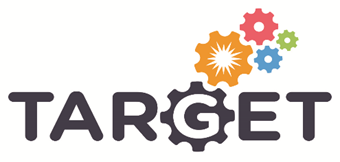Description of the tool
Methodology
Presenting big objects or objects that do not exist can be challenging e.g. in exhibitions or fairs. Virtual reality model can be presented as an immersive experience with 3D-glasses, such as VIVE, or in a virtual CAVE environment, where more than one person can experience the real-life-like product at the same time.
Case study
A boat company was demonstrated with a VR-model of a couple of their products, motor boats.
Objective of the tool
Outcomes Expected
Technology can replace the actual models of the product as well as brochures.
Why Used
VR reduces costs of logistics. The characteristic immersion factor of VR is extremely helpful when visualizing spaces where the scale and proportions are important. It also makes it possible to visualize things that are, for example, out of reach or too dangerous to do otherwise. Also, the model can be used as a part of sales processes. By adding functionalities, the customer can visualize the chosen features of the product while placing the order.
Scope of the tool
Where Used
CAVE is a static place, not easily transportable. Virtual glasses can be taken anywhere: customer premises, fairs, events, supermarkets, you name it!
How
A skilled person will create the model. It is also possible to transfer 3D-CAD-models into VR-models. Presenting VR-model is simple and anyone can learn to do that. The experience has shown that extra personnel for presenting the VR-models are required when in trade fairs.
Deployment
Training
Mentor Skills/Training:
Knowledge of:
1. different technologies, 3D-skills, game development skills
2. usability in different cases
Equipment:
1. CAVE
2. Virtual glasses
3. Software
Materials – Train the Trainer materials, to train the mentors:
1. VR-Training material: CAD-to-VR
2. Which cases benefit the technology?
Tasks Assigned
Centria will offer services in sharing information and knowledge of VR. Courses on utilizing the technology can be provided. VR-models can be created as paid service.


